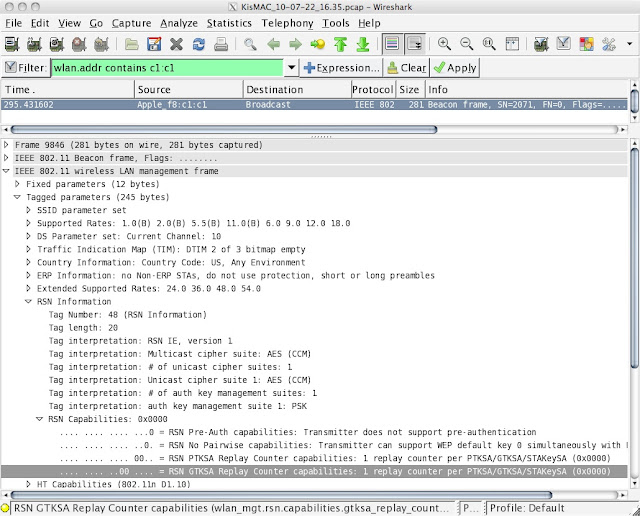Defending Google
I dislike Google. It may be unfashionable, it may betray my corporatism and it may be ironic (especially considering that I'm taking advantage of Google's wonderful Blogspot tools at the very moment), but it's true. I dislike their faux-openness and I dislike their bullying of old, unfashionable companies and I dislike their disingenuous approach to lobbying. That's why it's so hard for me to write this: Google is a victim. People are trashing them over their capturing of data while sniffing WiFi networks and they deserve better. Attacking Google has become what praising Google was back in 2007: the fashionable thing to do. People dislike their position on wireless Net Neutrality, their search rankings and, yes, their WiFi sniffing habits. For me, it's been quite the reversal. I began disliking Google because of their support for Net Neutrality and the so-called "open" requirements for the 2007 wireless spectrum auctions. That put me at odds with...
